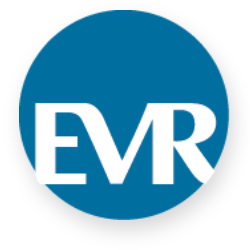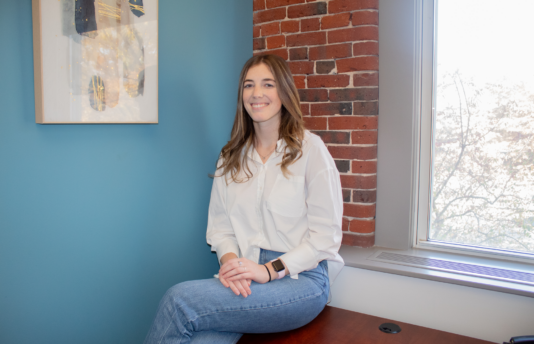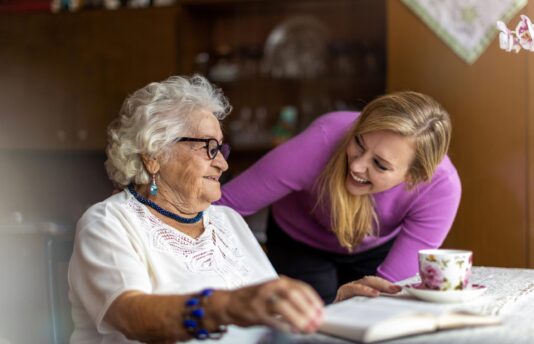Adversity forces change. Change creates opportunity. And those who recognize opportunity in these changing times will not only survive—they will thrive.
When COVID-19 turned into a global pandemic, one of the hardest-hit business sectors was senior living communities. As residents’ health and safety came under scrutiny and communities were isolated to protect their most vulnerable population, what we once knew about marketing to seniors went out the proverbial window.
The pandemic has left all of us indoors and online more often than ever. In order to reach prospective residents and their families in this digital sphere, marketers for senior living communities need to turn to enhanced digital tactics.
Even before COVID-19, seniors were embracing the Internet more frequently to find answers to their questions. According to a 2018 study by the Pew Research Center, 67% of people 65+ use the Internet, and 80 percent of them are looking for information.
As more seniors continue to spend time online, this is your opportunity to connect with them like never before.
Here are four things to consider to better connect with your target audience and seize the opportunity to reach more prospects.
1. Take steps to optimize your website performance.
National senior living occupancy rates dropped to their lowest level since 2011 during the second quarter of 2019, at just 87.8%, according to the National Investment Center for Seniors Housing & Care. And due to the current global pandemic, these numbers are still in danger. Now is the time for senior living marketers to reinvigorate their marketing efforts. Start with website optimization so that your brand not only appears in searches—both organic and paid—but provides an optimal user experience once a prospect or their family lands on your page.
If search engine optimization (SEO) isn’t already part of your strategy, it should be. Every new piece of content added to your website should be optimized for searchability. What keywords are seniors and their families searching? What kind of content do they interact with? Answer these questions and optimize your content with a custom URL, title tag, page header and meta description to reflect that. Make sure page load times aren’t negatively affecting the user experience. And as mobile usage continues to increase, make sure you’re optimizing your content for less screen space, as well.
Where SEO updates automatically reflect across search engines, paid search efforts often focus on Google, and for good reason. According to Statista, in April of 2020, Google held 82.06% of search engine market share. But don’t forget to add Bing as a complement to Google in your paid search strategy. It is Microsoft’s default browser, and many people—perhaps especially seniors—do not know how to or make the effort to update it.
Now that we’ve covered the how, consider the what. What are prospects seeing when they land on your page? Websites that have COVID-19 protocols posted in BIG BOLD LETTERING on the front page can be intimidating and, quite frankly, a bit scary. Try to be subtle when spelling out your policies while still offering peace of mind to residents and their families. Fully leveraging your community’s essence through photo and video is a powerful way to showcase how your community is handling the pandemic without shoving it in a user’s face.
2. Are you doing a good job hosting your prospects virtually?
On-site events were previously the bread and butter for many sales and marketing teams looking to gain or nurture leads. Now that you can’t bring prospects on campus, being creative is imperative. Those looking to move into a senior living community still need the information you provide, and with fewer social activities going on, they have more time to research.
Provide useful information virtually, such as an online webinar with a financial advisor. Ensure your interactive tours provide an “upscale” experience with high-quality visuals, including features such as 360° capabilities and audio, as appropriate. Host a Facebook Live event with your culinary staff creating one of their signature entrées or desserts. Highlighting the perks of your community has never been so simple with all of the online tools at your disposal.
3. Keep the conversation going with email.
Admit it. Just maybe, your prospect lists aren’t as up to date as they should be. Fix this, stat. The journey from prospect to resident can often be slow and deliberate, but that process may be accelerated with proactive communication as people spend more time online.
Email is the staple of communication, with 84% of seniors online using it. Just remember that finding the right balance of being informative and top of mind, as opposed to too salesy and overbearing, has never been more important.
So how do you effectively reach prospects and their families? Keep your content brief, but make sure it’s impactful—this includes your subject line. Use email marketing to highlight safety protocols, promote upcoming virtual events and introduce residents and associates. And remember, personalization is key. As of 2019, emails with personalized calls to action received a 202% higher conversion rate than generic CTAs. And according to Instapage, personalized email messages generate a median ROI of 122%.
4. We may be isolated, but we can still be social.
Social media is the lifeline of many people, their connection to the outside world. And sure, you use Facebook—virtually everyone does. But most brands don’t use it to its full potential, and that needs to change.
Organic posting often falls by the wayside to paid social. You may think to yourself, “Why spend time on organic posting when I can reach infinitely more people through one paid ad?” This is a mistake. Developing a relationship with prospects takes time. It is something you have to nurture. And whereas an ad runs for a given period of time, organic posts live on forever (or at least as long as you want them to). Prospects not only see a representation of your community through what you post, but by how current residents respond. The key to organic social is finding the right balance of content and frequency.
Yes, it’s true that if you post every day, multiple times a day, you’re going to be competing with yourself and your reach will likely decline. But by posting at the right frequency (we recommend 3x per week), your reach should remain steady. Posting the right content then becomes essential. Create content people will engage with. Use features like polls, stories and videos. Create event pages. Direct viewers to an informative landing page, where appropriate. Every engagement provides an opportunity for the friends of people who interact with your content to see it in their own newsfeeds.
Think about expanding to Instagram and Pinterest to post recipes from your chef or photos of residents enjoying activities that may capture the attention of a prospect’s adult child or decision-maker.
Once you’ve mastered organic social, it’s time to dip your toes in the paid realm. Facebook has 1.62 billion active users daily (and counting), according to Sprout Social. And with 60–80% of Gen X and Baby Boomers and 40–60% of Traditionalists using Facebook, there is ample opportunity to reach both prospects and their adult children.
And don’t forget about online reviews. Now is a great time to make sure any online directories you use are updated with accurate information and you know what is being said about you on sites like Yelp and Google Reviews.
Marketing to seniors has undoubtedly changed in 2020. For the digitally savvy, that is a good thing.











